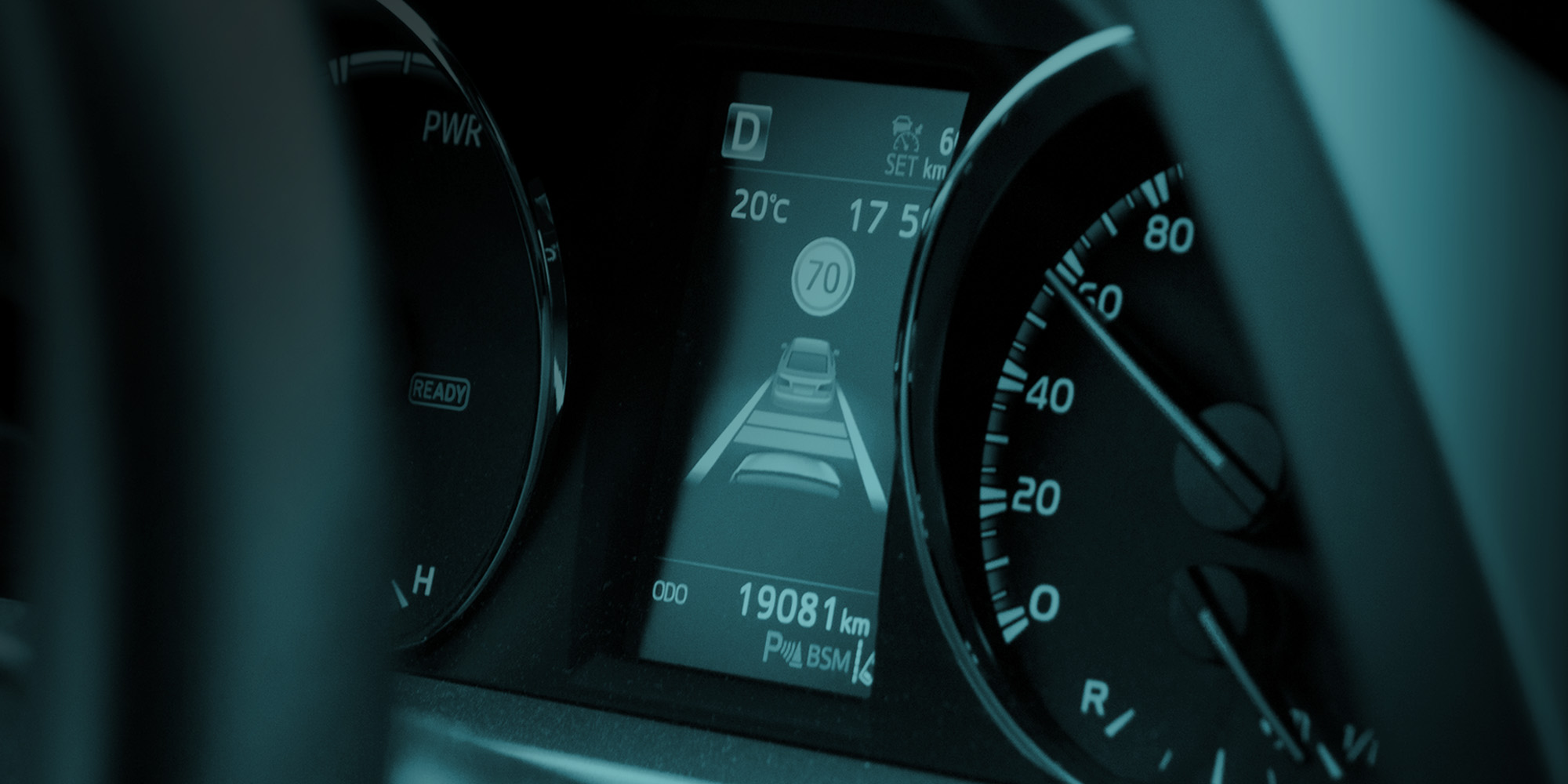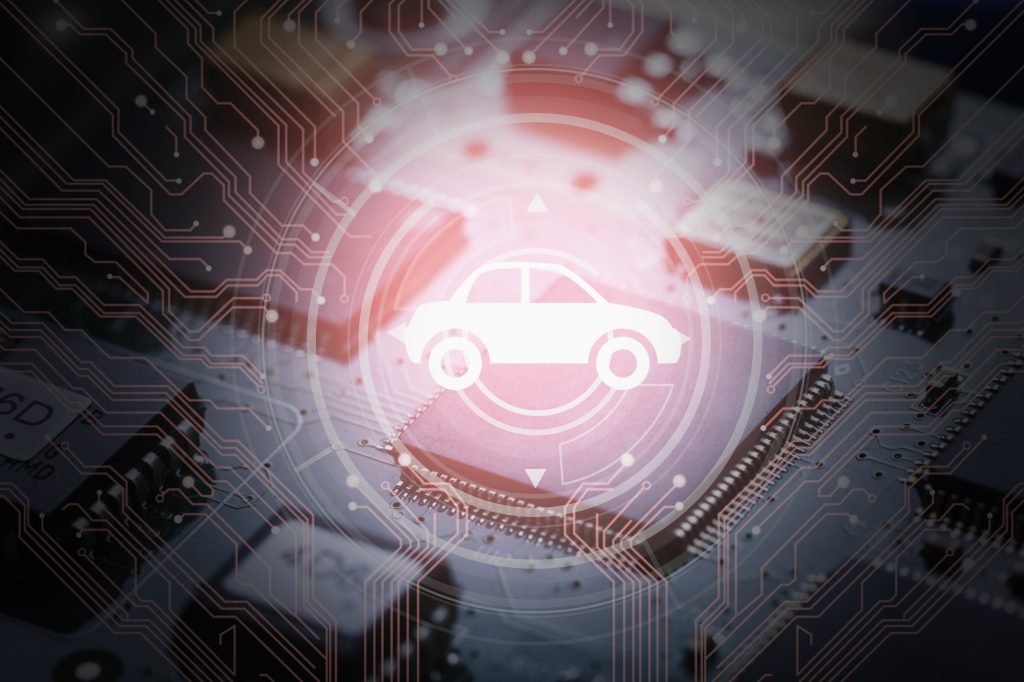



Embedded systems in the automotive sector deal with everything from entertainment and cruise control to suspension control, navigation systems and airbag systems.
Not long ago the closest thing to computer technology in your car might have been the CD player. Today’s cars are almost thinking machines, able to incorporate mini-computers or embedded systems that deal with everything from entertainment and cruise control to suspension control, navigation systems and airbag systems.
Within a few years, cars, lorries and buses will become more sophisticated – to a degree that would once have been unimaginable. Even before the advent of self-driving cars, which will involve massive use of embedded systems, cars will be able to sense, plan, communicate and, of course, drive, with minimal human involvement.
Now, however, there is little thought given to the embedded systems security planning that could be involved in this. But that cannot last, security and standards requirements will become part of the changes that intelligent vehicles will bring – and that includes software protected from hacking and bugs.
Estimated market value for automotive embedded systems
Electronic control units
(ECUs) per vehicle
As cars become more advanced and connected, manufacturers are looking for new ways to monetise their products beyond just the initial purchase price. One way they’re doing this is by offering additional features that can be activated via software, such as map updates for navigation systems or paid subscriptions for hard products like seat warmers.
However, with these new revenue streams come new risks, such as financial losses if customers are able to bypass the paywall and access these features without paying for them by reverse engineering the software to discover the underlying technology and exploit it for their own gain.
All the processes below require connected devices with embedded microcontrollers and microprocessors to operate. It is essential to deploy advanced security into these embedded devices to ensure overall protection and device reliability.
A group of electronic technologies within an automotive vehicle that assist drivers in carrying out functions such as parking, steering and braking.
In-vehicle displays assist drivers with tasks and display visual information. For example, a speedometer which measures and displays the instantaneous speed of a vehicle.
Devices within a vehicle that monitor driver activities and help identify behaviours such as excessive speed, rapid acceleration, harsh braking, or drowsy driving.
Vehicle infotainment systems are connected to radio and can transfer audio and video content to speakers and display screens through Bluetooth and USB.
Uses a satellite navigation device to retrieve vehicle position data which is then correlated to a position on a road to display destination directions.
Includes crash avoidance technologies designed to prevent or limit the severity of a collision, and crash protection technologies such as airbags which protect passengers from hitting the vehicle interior.
ISO 26262 specifically addresses the challenges associated with the development of safety-critical systems, ensuring that embedded software in vehicles meets stringent safety requirements.
The standard helps in identifying and mitigating potential risks and vulnerabilities in the software, promoting a systematic approach to hazards analysis, risk assessment, and the implementation of safety measures.
By incorporating ISO 26262 principles into the Emproof Nyx development process, automotive manufacturers can enhance the reliability and dependability of their products, instilling confidence in both end-users and regulatory bodies.

Virtually every embedded device that runs software will benefit from the advanced security protections offered by Emproof Nyx – including protection against reverse engineering and exploitation attacks. This is especially the case in applications that handle sensitive data, are interconnected, or run critical and functional safety.



Our functional safety compliant and trusted solution protects your embedded system.